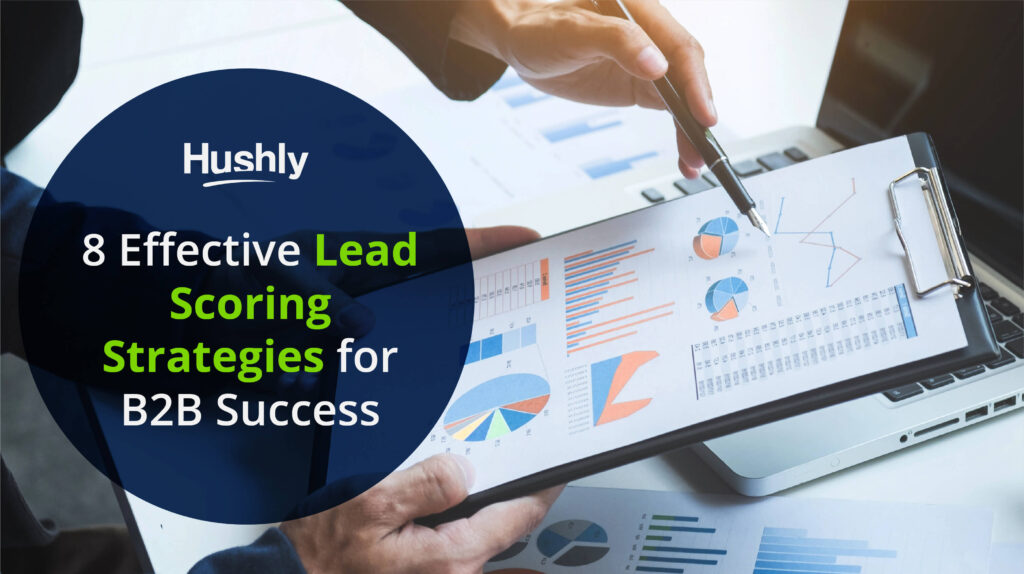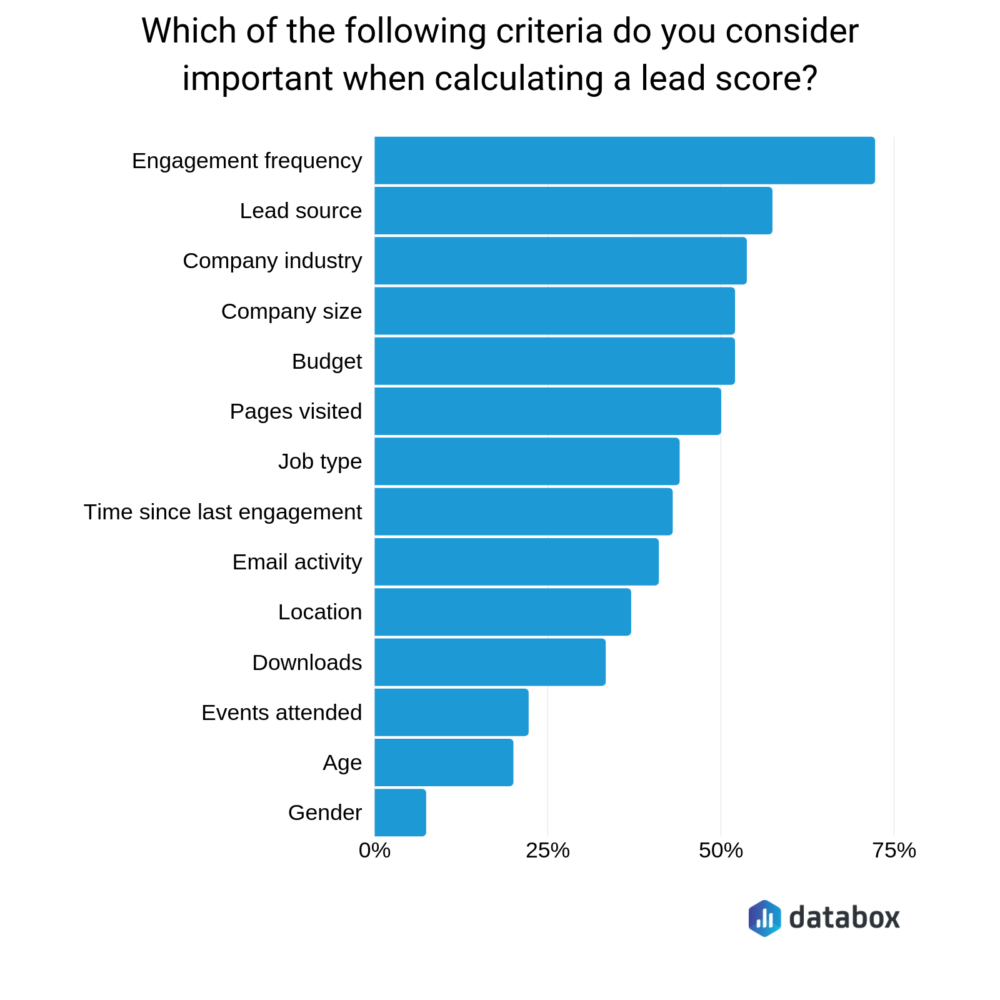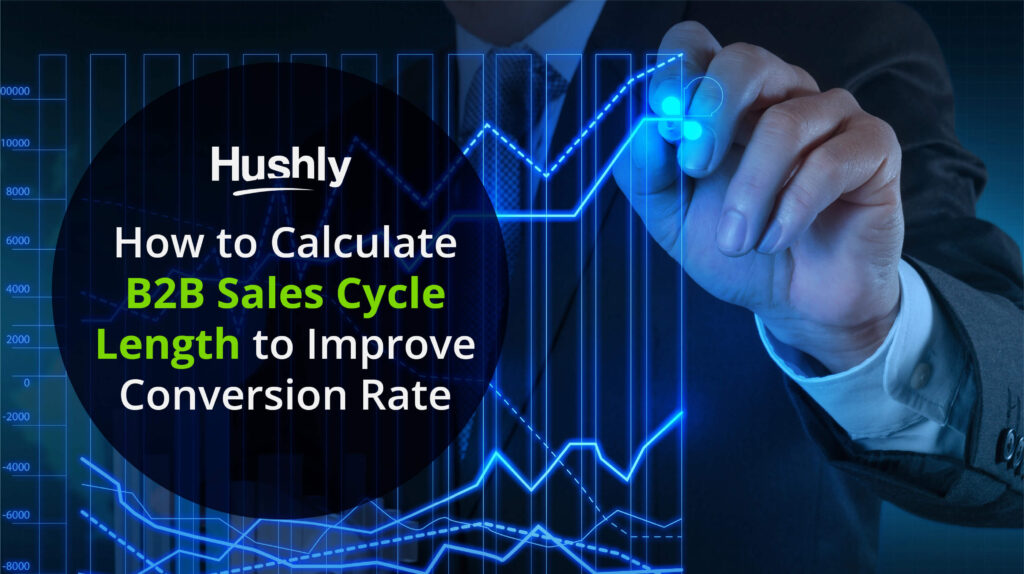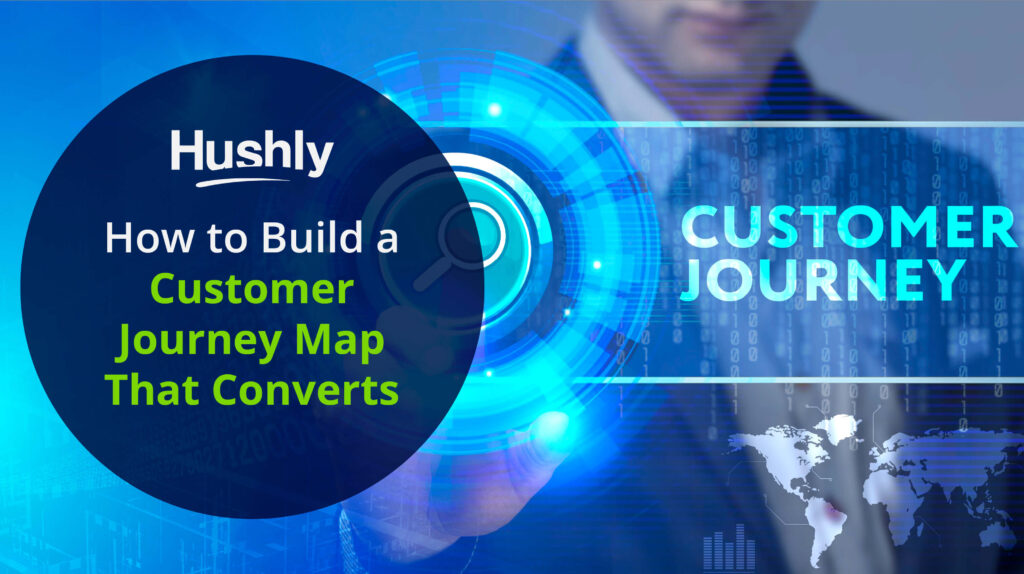Filters
Content Type
Topic
8 Effective Lead Scoring Strategies for B2B Success
B2B sales cycles are long, complex, and full of decision-makers. Not every lead that enters your funnel is ready, or even qualified, for a conversation with sales. That’s why lead scoring is such a powerful tool. Businesses can prioritize their efforts and close deals faster by assigning values to leads based on their behavior, engagement, and demographic fit.
But scoring isn’t just about assigning numbers. It’s about using the right metrics, models, and tools to create a system that reflects real buyer intent. In this guide, we’ll explore lead scoring, why it’s essential, the metrics and models that make it effective, and how to improve your scoring accuracy with advanced tracking tools.

What is Lead Scoring?
Lead scoring is the process of ranking prospects by assigning points to their actions, characteristics, and engagement level. Each interaction, from opening an email to attending a webinar, earns a lead point. When they reach a certain threshold, they’re deemed sales-ready and handed off to your sales team.
For example, downloading a product brochure might be worth 10 points, while requesting a demo could be worth 50. Meanwhile, demographic factors (like job title or company size) can add or subtract points to ensure the lead is a good fit. Here are a couple of lead scoring examples:
Example 1: SaaS Company
- Job title matches target persona: +20
- Downloaded eBook: +10
- Attended webinar: +30
- Visited pricing page: +40
- Total = 100 (Sales-ready)
Example 2: B2B Manufacturer
- Company revenue $50M+: +15
- Opened email campaign: +5
- Clicked on a case study link: +15
- Requested a product sample: +50
- Total = 85 (Ready for outreach after one more high-intent action)
These frameworks can provide a lead scoring template so marketing and sales stay aligned on thresholds and definitions. The goal is to focus efforts on the leads most likely to convert, while continuing to nurture those who aren’t ready.
Why is Lead Scoring Important in Sales?
Not all leads are created equal. Without a scoring system, sales teams waste time chasing low-quality leads while the hottest opportunities slip away. Here’s why lead scoring is crucial:
- Efficiency: Sales teams focus on leads that show the strongest buying intent.
- Alignment: Marketing and sales agree on what makes a lead qualified, creating smoother handoffs.
- Personalization: Leads are nurtured with content tailored to their stage and interest level.
- Higher Conversion Rates: With better prioritization, more leads become paying customers.
Ultimately, lead scoring helps organizations maximize resources and accelerate revenue growth.
6 Key Components of an Effective Lead Scoring System
A successful system combines demographic, behavioral, and engagement factors. The core components are outlined below to give you a better understanding of what to look for.
1. Demographic Fit
Assign points based on industry, company size, or job title. A CEO at a mid-market company will rank higher than an intern at a small business.
2. Firmographics
Firmographic data, such as company-level details (location, revenue, employee count), helps determine whether a lead aligns with your target accounts.
3. Behavioral Signals
Actions like email clicks, whitepaper downloads, webinar attendance, and demo requests indicate varying interest levels.
4. Engagement Level
Frequency and recency of activity matter. A lead that visited your site three times this week is more engaged than one who hasn’t interacted in months.
5. Negative Scoring
Deduct points for actions that show disinterest or poor fit. An example would be unsubscribing from emails or using a personal email address instead of a corporate one.
6. Thresholds and Triggers
Establish a scoring threshold (e.g., 100 points) at which a lead is passed to sales. Pair this with automation to ensure timely follow-ups.
Metrics Used in Lead Scoring
To improve accuracy, you need to track the right metrics. While some commonly tracked metrics exist, your priorities may differ from those of other businesses depending on your goals.

Source: Databox
Above, you can see some of the commonly tracked metrics from Databox. Here’s a breakdown of a few we’d recommend focusing on:
- Website Activity: Page visits, time on site, product page views.
- Content Engagement: Downloads, blog views, webinar participation.
- Email Interaction: Opens and clicks.
- Social Engagement: Likes, shares, and comments on your post.
- Event Participation: Attendance at in-person or virtual events.
- Conversion Actions: Requesting a demo, filling out a form, or starting a free trial.
Each metric tells part of the story about how ready a lead is for conversion.
8 Effective Lead Scoring Strategies for B2B Success
Here are eight tips to remember to ensure your lead scoring efforts are successful.
1. Define Clear Scoring Criteria
Start by establishing what qualifies as a sales-ready lead. Use a combination of demographic data (such as company size, job title, or industry) and behavioral signals (such as content downloads, email engagement, and demo requests) to ensure your scoring framework reflects your ideal customer profile (ICP).
2. Align Sales and Marketing Teams
A lead scoring system is only effective when sales and marketing are in sync. Regularly review scoring criteria, ensuring both teams agree on what constitutes a marketing-qualified lead (MQL) and sales-qualified lead (SQL). This collaboration minimizes wasted time and maximizes conversions.
3. Incorporate Negative Scoring
Not every action indicates buying intent. For instance, a student downloading a whitepaper may not be a qualified lead. To keep your pipeline clean, introduce negative scoring for irrelevant job roles, unqualified geographies, or disengaged behaviors (like unsubscribing from emails).
4. Leverage Behavioral Tracking
Go beyond simple metrics like form fills or page views. Use tools like Hushly to capture micro-engagements (clicks, scroll depth, time on page, and repeat visits). These signals provide a clearer picture of someone moving closer to a purchase decision.
5. Weight Scores by Engagement Type
Not all actions are equal. Assign higher point values to bottom-of-funnel activities (such as scheduling a demo or viewing pricing pages) and lower points to top-of-funnel actions (like reading a blog). This allows you to prioritize leads that are closer to conversion.
6. Use Predictive Scoring Models
Move beyond traditional manual scoring with predictive analytics. AI-powered tools analyze historical conversion data and automatically adjust scoring models to highlight the leads most likely to convert, saving time and increasing accuracy.
7. Continuously Refine and Test
Lead scoring is not a “set it and forget it” strategy. Review results regularly to identify gaps. Are high-scoring leads converting? Are sales rejecting too many MQLs? Adjust weights, criteria, and tools to improve alignment and accuracy.
8. Integrate Lead Scoring with CRM and Marketing Automation
Connect your lead scoring system with your CRM and automation platforms for maximum effectiveness. This ensures real-time updates, seamless handoffs to sales, and better tracking of lead progression throughout the funnel.
The Best Lead Scoring Tools and Software
Several platforms help automate and refine lead scoring:
- Marketo: Advanced scoring models and automation workflows.
- ActiveCampaign: An affordable solution that combines scoring, email marketing, and automation.
- Zoho CRM: Offers customizable scoring rules for small businesses.
And then there’s Hushly’s lead scoring software, which takes things a step further:
- Hushly: Traditional tools often only consider conversions, but Hushly tracks all buyer actions, including clicks, searches, and page activity. This provides a more complete picture of lead intent. This granular data allows you to refine your scoring model to reflect reality, not assumptions. For example, if a lead spends time reading multiple solution pages but hasn’t filled out a form, Hushly ensures that intent is captured in their score.
By incorporating these micro-actions, Hushly helps marketers identify hidden buying signals that other tools miss, making your scoring system more accurate and predictive.
Let Hushly be Your Go-To Lead Scoring Tool
In B2B sales, timing is everything. Without a structured approach, you risk engaging leads too early or too late. Lead scoring ensures you focus on the right leads at the right time.
With a tool like Hushly, you can build a system reflecting buyer intent. Whether you start with a simple lead scoring template or implement AI-driven predictive scoring, the key is to refine your model based on data continuously. Lead scoring aligns marketing and sales, improves efficiency, and drives measurable revenue growth when done well.
Want to test out Hushly? Book a demo today.

The post 8 Effective Lead Scoring Strategies for B2B Success appeared first on Hushly.


